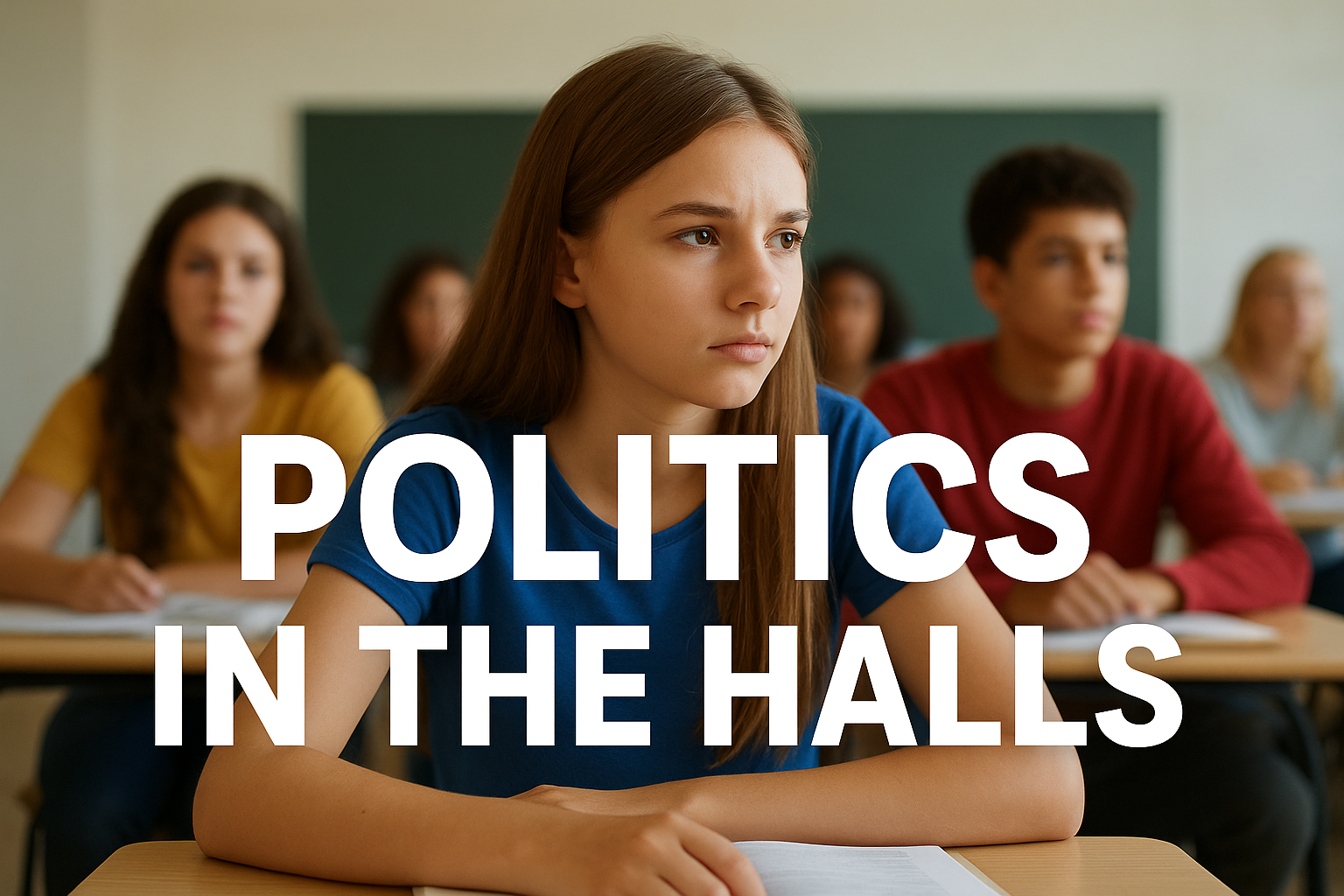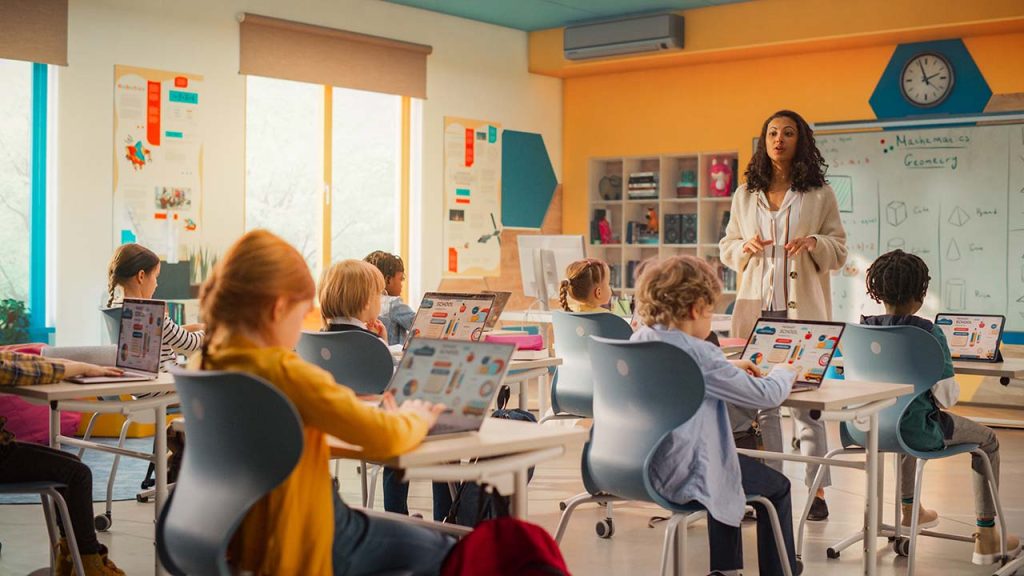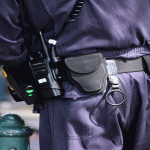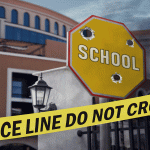
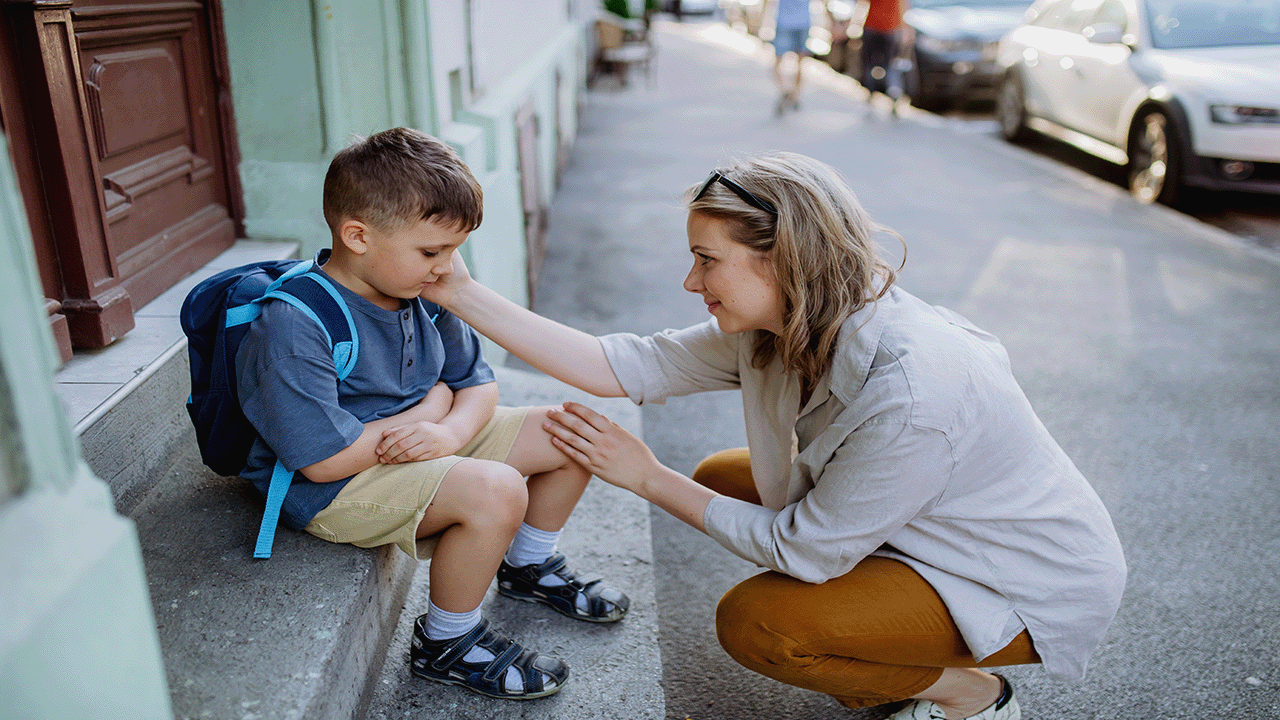
Securing Schools: Strategies to Prevent Violence and Enhance Safety
The East branch of the National Conference on Active School Threats recently convened in Raleigh, North Carolina, just days after a tragic incident at Southeast Raleigh High School, where a teenager stabbed two fellow students, resulting in one fatality. Timothy Enos, a retired chief from the Sarasota County School District Police Department and a speaker at the conference, emphasized the importance of recognizing warning signs, implementing policies for addressing concerning behavior, and fostering a culture that encourages reporting to prevent violence in schools.
Enos acknowledged the recent incident at Southeast Raleigh High School and centered his presentation on responding to potential shooter threats. However, he stressed that his advice on heeding warning signs and establishing clear policies extends beyond shooter situations to address various types of concerning behavior.
One common factor in many school shootings is that the perpetrators often share their plans with others, underscoring the need for an effective reporting system. Enos cautioned against over-reliance on metal or weapons detectors, noting that their efficacy is limited and can introduce liability concerns for schools. Instead, he emphasized the importance of building relationships within the school community to enhance safety.
Enos highlighted the prevalence of knives over guns in schools and emphasized the lack of a specific profile for school shooters. Warning signs may include an unhealthy fascination with firearms and violence, along with social stressors, behavioral issues, or negative life events in their backgrounds. Most importantly, Enos emphasized that many perpetrators communicate their intentions beforehand.
To address these challenges, Enos provided a list of essential measures for schools, including having a school resource officer at every school, reinforcing a single entry point with safety measures, implementing an anonymous reporting system for concerning behavior, conducting threat assessments for students and facilities, and establishing panic or alert systems connecting directly to law enforcement. Other recommendations included real-time camera access for law enforcement, bleeding control kits at every school, shooter response training, and policies for assessing threats on social media.
Enos stressed the critical need for collaboration with law enforcement agencies to ensure effective evaluation of threats. He acknowledged the overwhelming responsibilities and regulations faced by schools and emphasized the importance of a collective effort in reporting and vetting threats.
On the second day of the conference, speakers addressed safety training for extracurricular and after-school activities, as well as the detection of abnormal behavior. Curt Lavarello, executive director of the School Safety Advocacy Council, emphasized the importance of including all staff in safety training, from teachers to administrative assistants and athletic directors. While safety technology, such as instant background searches of visitors, can be beneficial, its effectiveness relies on staff’s understanding of how to use it.
Sean Burke, the president of the School Safety Advocacy Council, highlighted the potential drawbacks of relying too heavily on security technology, stating that the human element remains a weakness in emergency plans. Burke encouraged individuals to prepare for spotting abnormalities by regularly noting their environment, establishing a baseline of normal activity, and being more observant when something deviates from the norm.
Dig Deeper With Our Longreads
Newsletter Sign up to get our best longform features, investigations, and thought-provoking essays, in your inbox every Sunday.
The MEN was founded by John Huber in the fall of 2020. It was founded to provide a platform for expert opinion and commentary on current issues that directly or indirectly affect education. All opinions are valued and accepted providing they are expressed in a professional manner. The Maryland Education Network consists of Blogs, Videos, and other interaction among the K-12 community.


